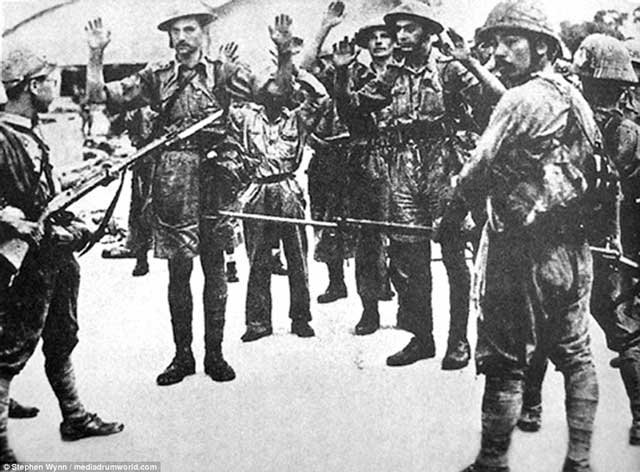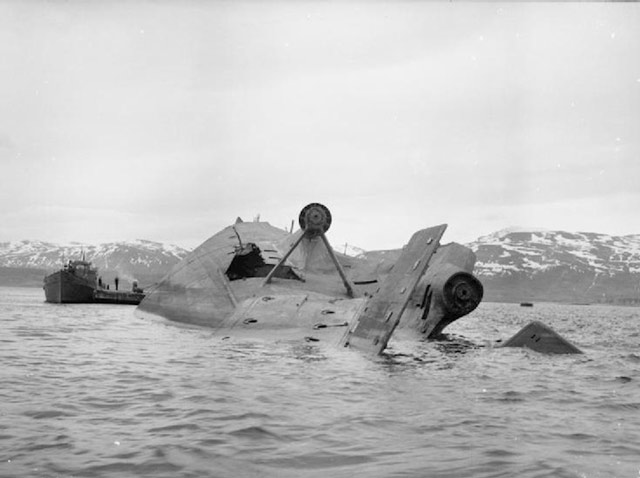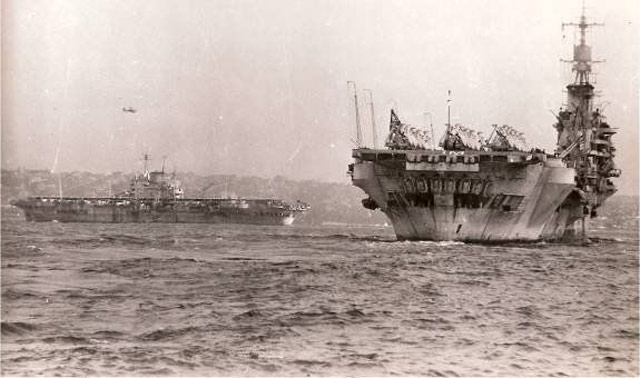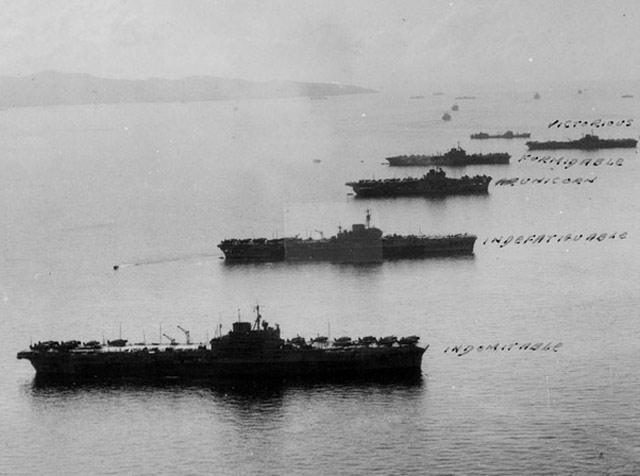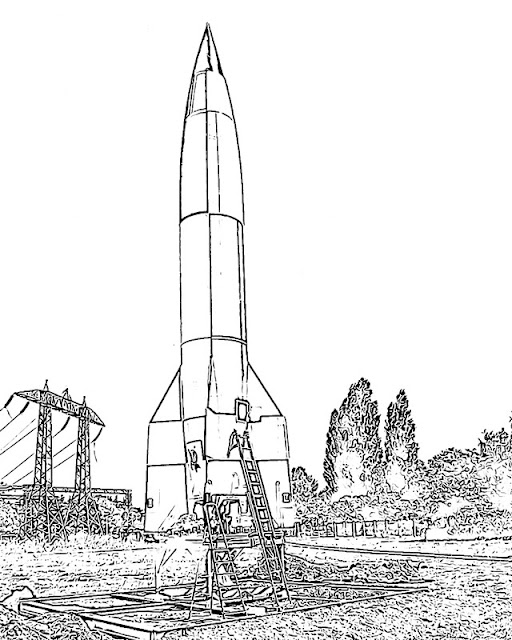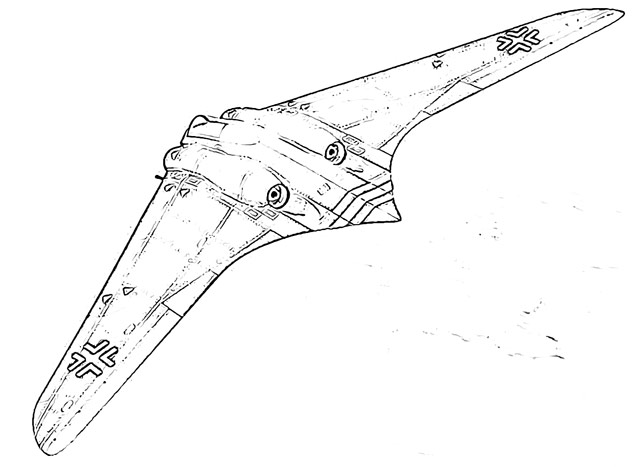A Dangerous Strategy Used By Both Sides During WWII
 |
| German POWs at Stalingrad, awaiting their fate. |
There is a lot written about the biggest mistakes of World War II. Variously, some people put Adolf Hitler's decision to invade the Soviet Union or his declaration of war against the United States at the top of the list. And, those are good choices that combine the political and the military, but they were more decisions than strategy. Below these grand strategic questions, however, is another layer that combines elements of strategy and tactics and occurs much more often. This article is going to look at the worst military strategy of World War II that was practiced by both sides and had a low probability of success: the decision to "hold fast" in the face of overwhelming enemy power.
 |
| Field Marshal Paulus and General Schmidt leaving camp to surrender at Stalingrad. |
The Most Common Mistake
Easily the most common military strategy that has a huge likelihood of failure is to refuse to withdraw in the face of overpowering enemy strength. Forces that still have time to get away are told to "hold fast" and "wait for relief" when the odds of rescue are slim. It’s amazing how this happens over and over. While everyone pins the Reich’s defeat in part on Hitler’s repeated “stand fast” orders, in fact, it was a common tactic on both sides.
 |
| German POWs being marched east from Stalingrad. |
The Axis Ordered Many "Last Stands"
Hitler’s most famous use of this “stand fast” tactic, at Stalingrad, became his most notorious defeat. "We shall hack you free!" he told the trapped men. Well, that didn't happen.
However, just months before, the strategy had succeeded for Hitler at Demyansk and Kholm. In fact, it's arguable that the "stand fast" orders saved the entire Wehrmacht during the Soviet counteroffensive in front of Moscow in December 1941. "Holding fast" as a strategy doesn't always fail, it just has a low probability of success.
It was only after the tides of war completely turned against Germany that refusing to authorize retreats became the common currency of the Wehrmacht's strategy. It became so routine that ordinary towns were routinely categorized as "fortresses" simply because that was where some unfortunate unit was to be told to make a last stand. The more this strategy was used, the less it worked, but even in 1945, the strategy did occasionally succeed (some German holdouts were even rescued during the failed Stargard counteroffensive, for instance). So, aside from accomplishing a more nihilistic goal of forcing the Allies to “bleed themselves white” reoccupying ground, the strategy did work just often enough to not be an absolute death sentence for the troops involved.
 |
| The German defenders of Monte Cassino gave the Allies fits because they dug in and fought as part of a larger defensive line - and ultimately managed to get away to fight again. |
Perhaps the most common justification for this tactic is "well, you have to hold somewhere." That's absolutely true. However, where you make a stand is as important as the fact that you make a stand. For instance, the right way to make a stand is as part of a defensive line. While the German parachute troops (Fallschirmjaeger) at Monte Cassino held an exposed position, they did so as part of a larger defensive line that ran across the Italian peninsula. They could not be surrounded and had sources of supply and thus held out throughout the winter of 1943-1944. Just as in Sicily nine months earlier, the paratroopers finally withdrew and lived to fight another day, making the Italian campaign a nightmare for the Allies.
So, while isolated on a mountain and undergoing grueling attacks, the German paratroopers accomplished something worthwhile for the German war effort before falling back in good order. This was at least as much as they could have accomplished if they were in some town surrounded by the enemy and told to fight to the last man. Operating as part of a cohesive defensive strategy is much different than being told to stay put in an exposed position where you could be attacked from all sides and given the cold comfort of an empty promise that "we'll save you - when we get the chance." You need to preserve your precious human assets during a long war, not just throw them away in some obviously futile gesture.
The Japanese were notorious for garrisoning islands like Iwo Jima and then basically wiping their hands of them. The strategy was for these island garrisons to fight to the last man and then succumb either at the enemies' hands or their own. Fighting to the death for worthless islands, the thinking went, would make the Allies' progress across the vast Pacific so costly that it ultimately would fail or at least slow it down interminably. While the US did invade Iwo Jima in Operation Detachment, it did not slow them down. The US Navy successfully undermined this strategy with its "island-hopping" strategy, a form of encirclement.
 |
| In a smart strategic move, the Japanese evacuated their forces in the Aleutians literally days before the Allies planned to invade. |
To the credit of the Japanese, they had two of the most effective withdrawals from hopeless positions of the war. These were at Guadalcanal in early February 1943 and the Aleutians that August. The Aleutians evacuation was so effective that the Allies actually invaded the Japanese-held islands only to find they had already left. It’s hard to imagine what point there would have been for the Japanese to leave the troops there to fight to the last man as usual. The Japanese undoubtedly made the right decisions and the troops were able to fight somewhere else. These two brilliant withdrawals proved the point that timely retreats from exposed positions are worthwhile strategies and certainly better than just leaving the troops there to die or be captured.
 |
| The US defense of the crossroads at Bastogne turned into a stirring victory that just as easily could have become a disaster. |
The Allies "Held Fast" to Their Detriment, Too
Usually, any analysis of this "hold fast" doctrine ends there. The implication is that the Axis used this strategy out of desperation and that is why they lost. You read all the time about "Hitler's insane hold-fast orders." You'd think that only the Germans and Japanese believed in ordering their men to stay in virtually hopeless positions.
But, that's not the case. Less publicized are instances when the Allies used this “stand fast” strategy. When Hitler did it, well, it was just because he was a crazed maniac, but when the Allies did it, circumstances just turned out wrong. Right? At least, that’s how the history books would have it. So, having made that bold statement, let’s give a couple of examples.
 |
| US POWs during the Bataan Death March of April 1942. |
As our first example, the United States left 100,000 men in Bataan in April 1942 when there were clear signs that they had no hope of winning. The Japanese power centers were closer, they had growing control of the sea around the Philippines, and the US was virtually powerless to reinforce General Douglas MacArthur’s troops. Japanese strength was increasing and the Allied strength was decreasing at a consistent rate throughout the confrontation.
A weird sense of complacency settled over the US high command as they relied on shaky Filipino allies to hold major portions of the Main Defense Line across the neck of the Bataan peninsula. It can be argued that the US couldn’t evacuate for this or that reason, but the attempt was never even made during the four months available and the supply clerks there were still ordering mundane supplies as the threat grew. This all led to the infamous Bataan Death March. You never see the US strategy described as a failed Hitler-like “stand fast” strategy even though that is exactly what it was. It’s hard to see any positive effect on overall US strategy from the way the Bataan battle was conducted, and it badly damaged the Allied morale.
 |
| US troops dug in at St. Vith, which the Germans eventually took at great cost to both sides (US Army). |
The US Army had varied success with this “stand fast” strategy, just like all the other major powers. Everyone remembers the successful valiant stand made at Bastogne. Nobody, however, really likes to talk about the failed attempt to hold nearby St. Vith. The Americans by then, fortunately for them, had learned their lessons and ordered a fairly successful withdrawal from St. Vith at the last minute and standing there did have some marginal positive effects for the Allies. However, the Germans also did acquire a lot of badly needed supplies there when they finally occupied the town. When you attempt to hold an exposed position against overwhelming force, you are simply gambling when there really is no need to gamble at all.
Second, let’s talk about the fall of Singapore. The British were not immune to this “stand fast” tendency, either. The British troops in the Malayan peninsula had absolutely no success holding the Japanese anywhere as they retreated - at times running - back toward Singapore. Still, the British both in Singapore and London acted as if nothing was wrong virtually until the white flag of surrender was raised on 15 February 1942. In fact, the British were sending troops into Singapore in the final days, not taking them out. Some Commonwealth soldiers remembered walking off the transports almost directly into the POW camps. Yes, the argument can be made that there was no hope of withdrawal, but no serious attempt was made while there was still time to do so (and they had two full months), so we’ll never know. Once again, all sorts of excuses are made about how “nobody foresaw” the defeat and so forth, but that’s a job for the military - to understand the real situation and act prudently. Nobody foresaw it because they didn’t want to even though there were tell-tale signs all along.
 |
| Soviet prisoners under guard after the defeat at Kiev (Scherl/Global Look Press). |
Third, how about the Soviet Union? Soviet troops stood fast throughout Operation Barbarossa and the Germans simply drove around to encircle them. This famously happened, for instance, at Kiev (Kyiv), but also in many lesser-known battles such as Vyazma and Bryansk. One can ascribe these encirclements to swift German advances and overall superiority, but really they were the result of Soviet (primarily Stalin’s) refusal to accept reality and withdraw. Germans were astonished at Kharkiv in May 1942 when the Soviets didn’t even try to rescue their trapped comrades in a huge pocket there. Stalin just wrote off hundreds of thousands of troops because he did not want to acknowledge defeat.
The argument that these encirclements “slowed the Germans down” is easy to make, but sacrificing literally hundreds of thousands of troops in each battle really isn’t a very efficient strategy. It was only after the Soviets accepted reality in mid-1942 and made some withdrawals in a timely fashion (something Stalin didn’t exactly like) that things began to turn around for them.
 |
| British prisoners at Arnhem in September 1944. "Hold until relieved" they were ordered. |
Conclusion
You may think that the utter failure throughout the war of "hold fast" orders caused military strategists to reject this strategy in the post-war years. In fact, just the opposite happened. In the 1970s, NATO developed a "hedgehog" strategy wherein it was assumed that Warsaw Pact forces would sweep across Western Europe and brush aside all attempts at defensive lines. The working strategy was that the battered NATO troops would hold out in cities ("hedgehogs"), which for some reason were considered more defensible than other areas. This was just a prettified version of the Wehrmacht's "fortress" strategy that failed spectacularly on the Eastern Front. However, in a sense, the German strategy was affirmed as NATO concluded that it was the best available recourse for a greatly outmatched defender. In that situation, however, it was assumed that the US would just need a little time to come in full bore and rescue everyone.
So, the most common failed military strategy is the decision not to order a withdrawal in a timely fashion, to believe that “holding out” has some magical property all its own. This strategy is so common that I can virtually guarantee you that it will happen again in future wars. Nobody wants to accept defeat or weakness, and that goes double for military commanders. Once in a while, the strategy does succeed - the Australians holding Port Moresby, for instance, or the Germans at Demyansk - but much more often, the strategy is doomed to failure. It usually only leads to more opportunities further back to “hold out” in the mistaken belief that this will hurt the enemy more than your own side. But, in essence, it is just a reflection of a common human inability to accept one's own limitations.



